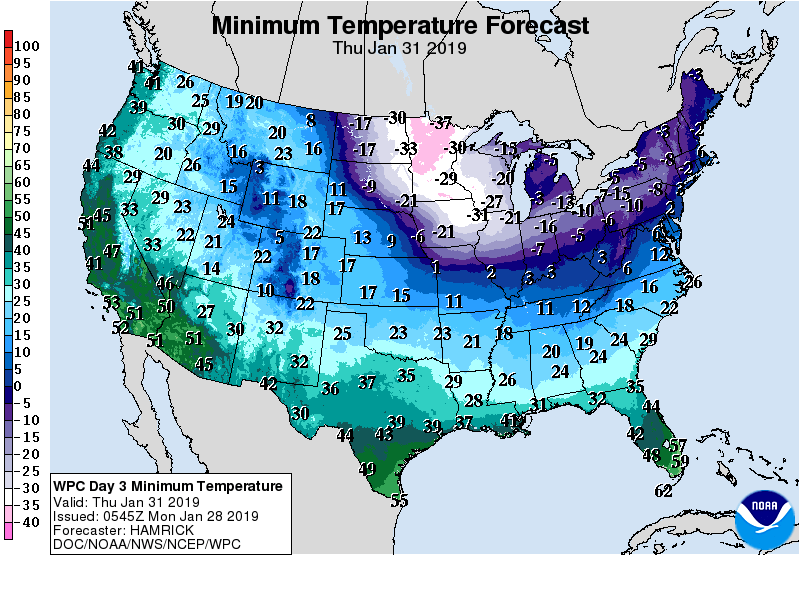Extreme Weather
125班29號賴昱錡
Index




COP26
Glasgow Climate Pact
Definition &
Origin
- Extreme weather or extreme climate events includes unexpected, unusual, severe, or unseasonal weather; weather at the extremes of the historical distribution—the range that has been seen in the past.
- Extreme events are based on a location's recorded weather history and defined as lying in the most unusual ten percent.
Extreme weather
Why?
In recent years, man-made global warming, changes in ocean currents, and changes in air pressure are considered to be the causes of extreme weather.


RCP: Representative Concentration Pathways
(代表濃度路徑)
A RCP is a greenhouse gas concentration (not emissions) trajectory adopted by the IPCC.

| CO2(ppm) | RF(W/m^2) | |
|---|---|---|
| RCP2.6 | 490 | 2.6 |
| RCP4.5 | 650 | 4.5 |
| RCP6.0 | 850 | 6.0 |
| RCP8.5 | 1370 | 8.5 |





Extreme Weather Event
- Shift mean
- Increased variability
- Changed Symmetry





Types of extreme weather events
- Climate change may affect the type, frequency and intensity of these extreme events.
- In terms of rainfall, seasonal rainfall is uneven, and the difference between wet and dry seasons becomes larger.
- Rainfall polarization(降雨兩極化) is usually more pronounced in areas with distinct wet and dry seasons
How climate change affect the extreme events?
Temperature changing

Heat Waves
Cold Waves
Tropical Cyclones


Hot wave
- A period of abnormally hot weather generally lasting more than two days.
- Occuring with or without high humidity.
- The result of trapped air.
- Heat and sunlight may overheat the human body



High pressure in the upper atmosphere traps heat near the ground, forming a heat wave.
- A weather phenomenon that is distinguished by a cooling of the air
- Caused by movements of air streams.
- It can cause death and injury to livestock and wildlife.
Cold waves


- Generally being capable of occurring at any geological location and are formed by large cool air masses that accumulate over certain regions, caused by movements of air streams.
- Cold waves affect much larger areas than blizzards, ice storms, and other winter hazards.


- A rapidly rotating storm system characterized by a low-pressure center.
- Closed low-level atmospheric circulation, strong winds, and a spiral arrangement of thunderstorms that produce heavy rain and/or squalls.
Tropical cyclones



Ice storms
- A type of winter storm characterized by freezing rain.





Warm arctic / Cold continents
Cause
- Rapid Arctic warming in recent decades coincided with unusually cold winters over Northern Hemisphere continents.
- It has been speculated that this “Warm Arctic, Cold Continents” trend pattern is due to sea ice loss.
Details
Conjecture has it that more cold extremes over the mid-latitude continents should occur due to global warming and the impacts of Arctic sea ice loss. A Northern Hemisphere temperature signal termed the "Warm Arctic, Cold Continent" pattern has thus been surmised.


Solution
- Keep fossil fuels in the ground.
- Invest in renewable energy.
- Switch to sustainable transport.
- Help us keep our homes cosy.
- Improve farming and encourage vegan diets.
- Restore nature to absorb more carbon.
What are the solutions to climate change?
- Protect forests like the Amazon.
- Protect the oceans.
- Reduce how much people consume.
- Reduce plastic.
Solution

Adaption Pathway




Definition
An adaptation pathway is a decision-making strategy that is made up of a sequence of manageable steps or decision-points over time. Characteristics of the strategy are: Each decision-point is triggered by some change (environmental or social)
TaiCCAT
Urban Resilience
Urban resilience is the capacity of a city’s systems, businesses, institutions, communities, and individuals to survive, adapt, and grow, no matter what chronic stresses and acute shocks they experience.

Engineering Method -> Adaption

- "TaiCCAT" is developed by the Ministry of Science and Technology with reference to the relevant international adaptation assessment framework
- Considering the current domestic situation.

Easy Quiz
〞
There may be more than one correct answer.
Question:
Choose the imcorrect statements:
(A)TaiCCAT consists of six-step process.
(B)The hot/heat wave forms in low pressure environment.
(C)A RCP is a greenhouse gas concentration (equals to CO2 emissions).
(D)"Warm Arctic, Cold Continents” trend pattern is due to sea ice loss.
(E)In adaption pathway, each decision-point is triggered by some change (environmental or social).
Ans: (B)(C)
End of the lectures.
That brings me to the end of my presentation, thanks for your attention.
Reference: Wikipedia、Greenpeace、adapt.epa.gov.tw、選修地科課本......
Extreme Weather
By Richard Lai
Extreme Weather
CK125-29-賴昱錡 極端氣候(地科報告)
- 140



